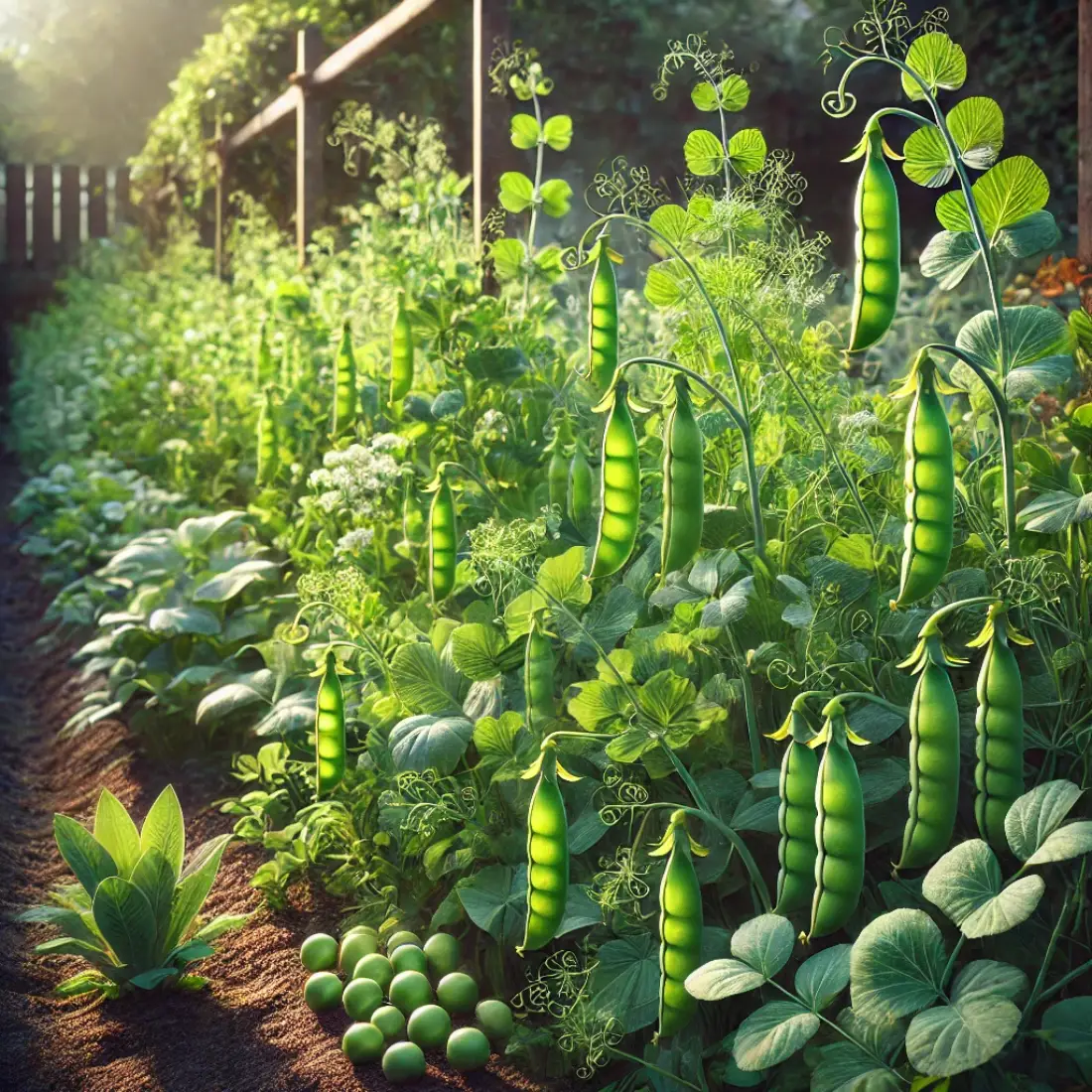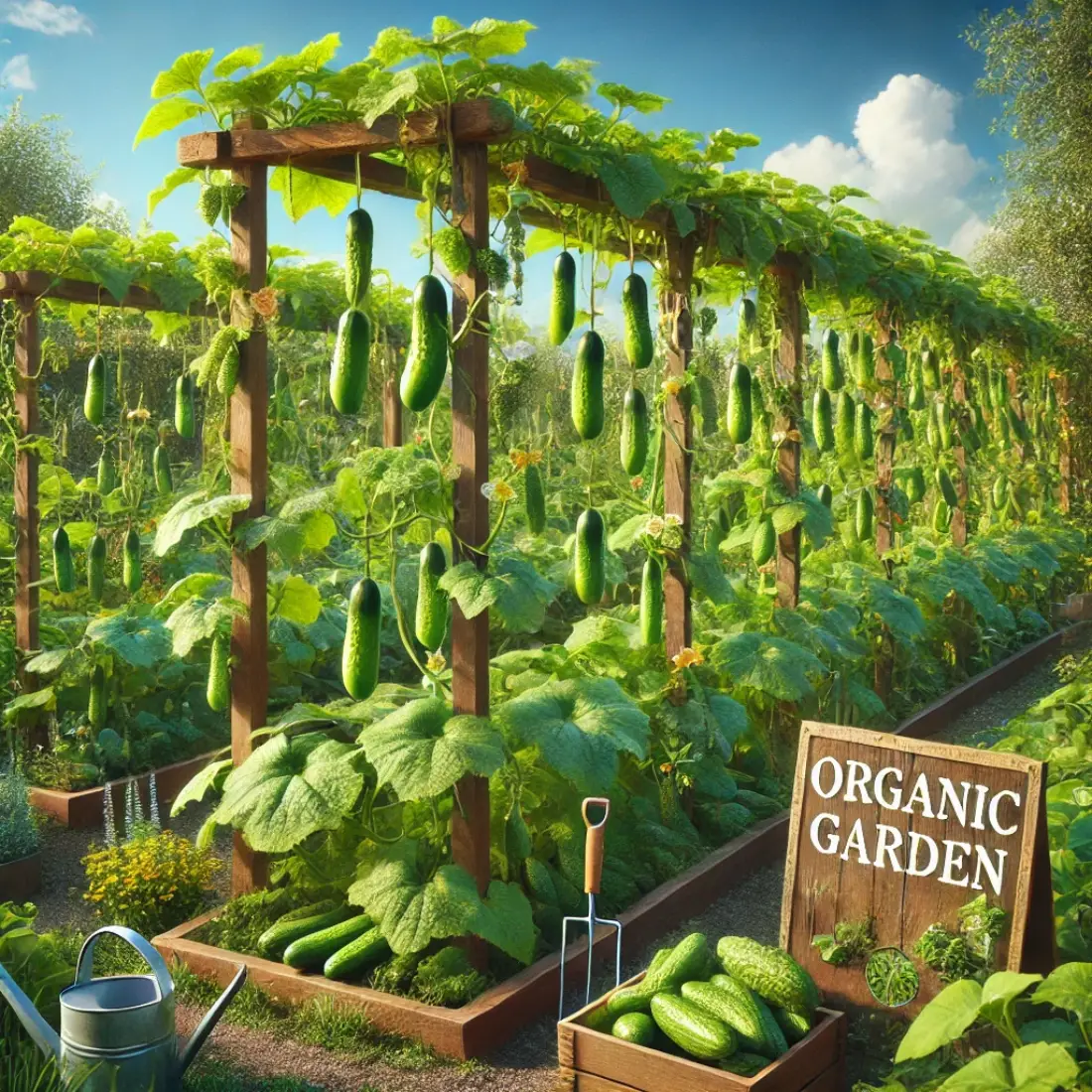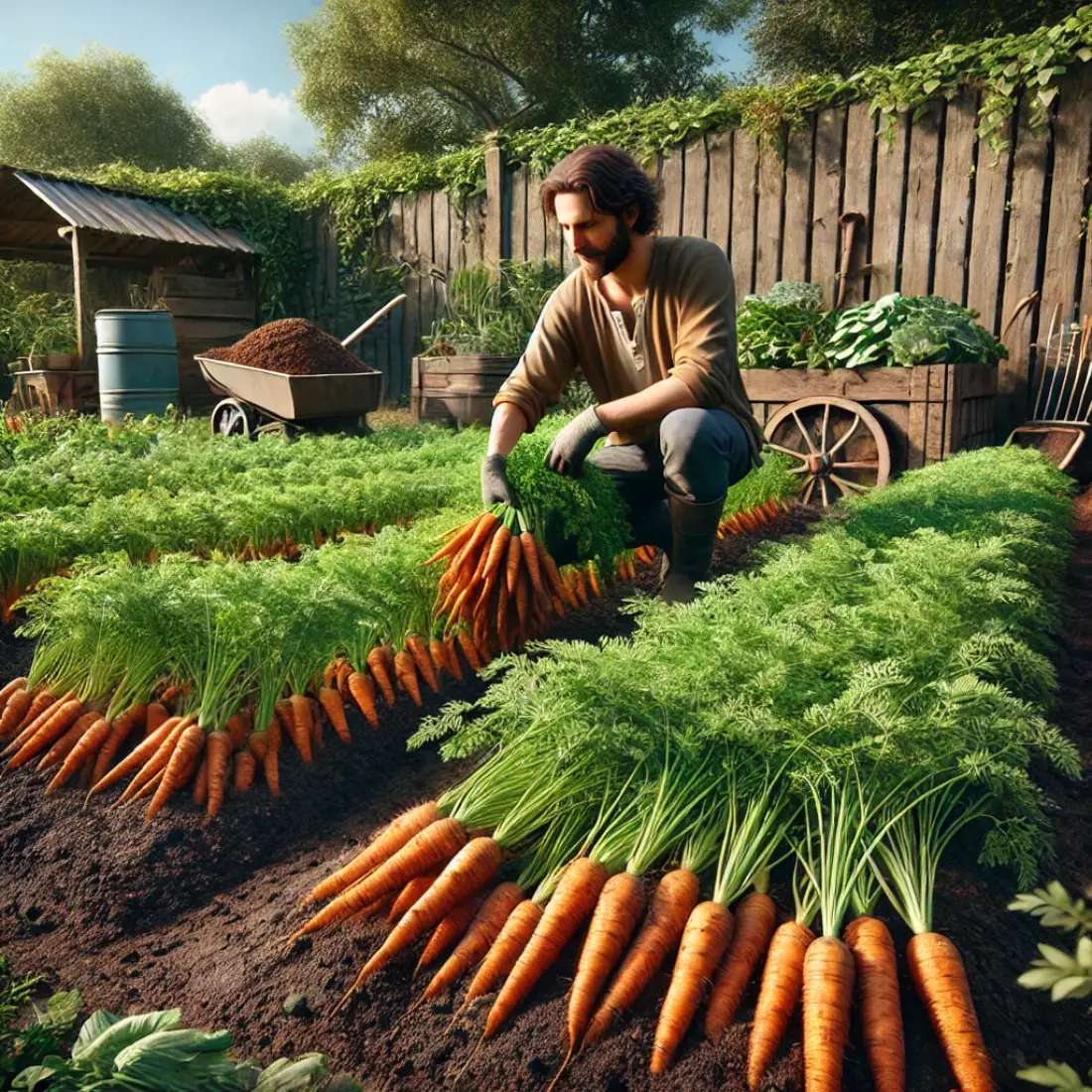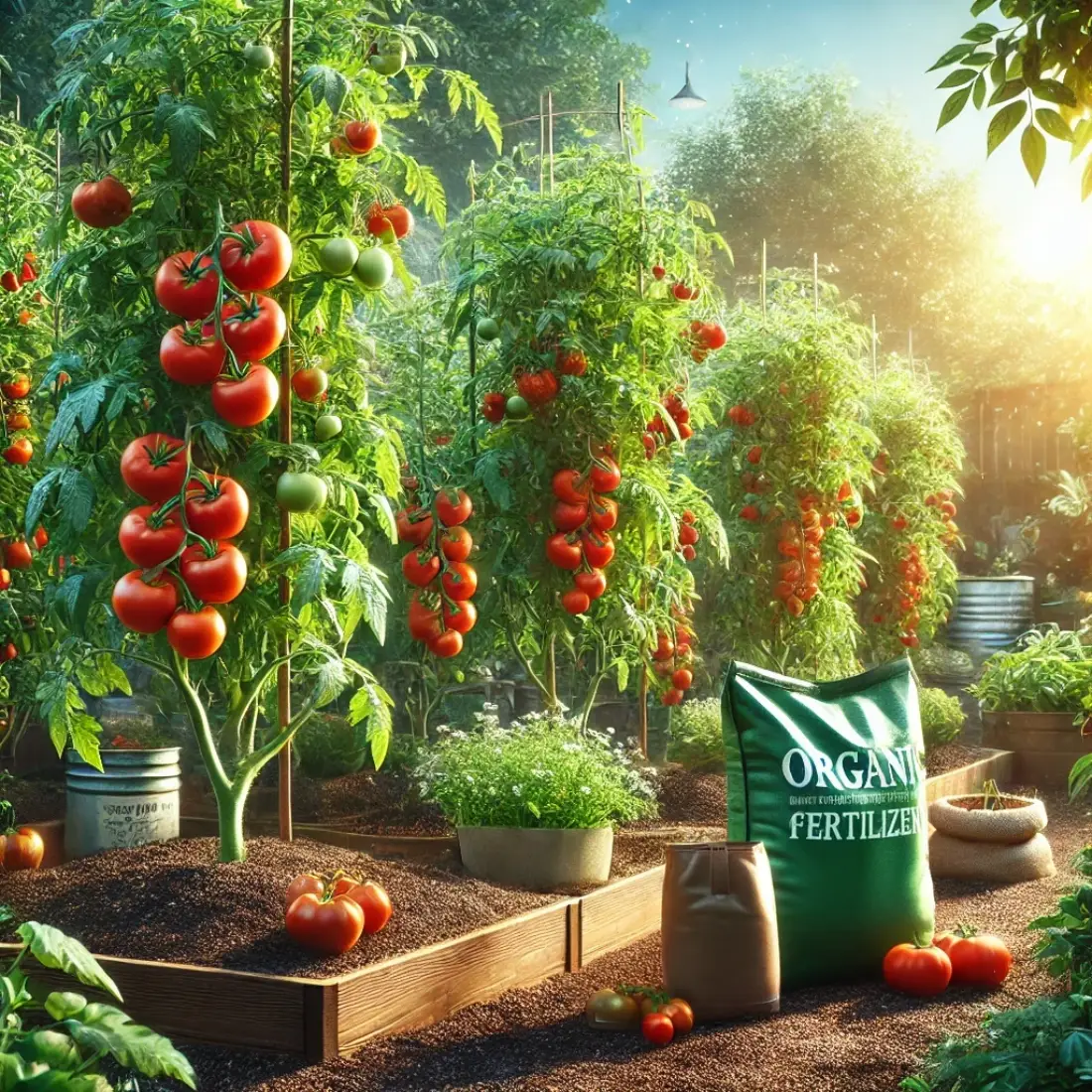Peas are a popular garden vegetable that can be grown in many climates, providing a fresh, nutritious addition to any meal. Knowing how to grow and care for peas will ensure a healthy and productive harvest.
- Peas are a cool-season crop.
- They can be grown in various climates.
- Proper care results in a bountiful harvest.
- Common issues include pests and diseases.
- Companion planting can enhance growth.
Types of Peas
Garden Peas: Also known as English peas or shelling peas, garden peas are sweet and tender, often used in soups and stews. They require shelling before eating. Popular varieties include ‘Green Arrow’ and ‘Lincoln.’
Snow Peas: Snow peas have flat, edible pods and are often used in stir-fries and salads. They are harvested before the peas inside mature, keeping the pods tender and crisp. Notable varieties are ‘Mammoth Melting Sugar’ and ‘Oregon Sugar Pod II.’
Sugar Snap Peas: A hybrid of garden and snow peas, sugar snap peas have sweet, crunchy pods that can be eaten whole. They are versatile, enjoyed raw or cooked. Varieties like ‘Sugar Ann’ and ‘Super Sugar Snap’ are well-known.
Each type of pea offers unique flavors and uses, making them a valuable addition to any garden.
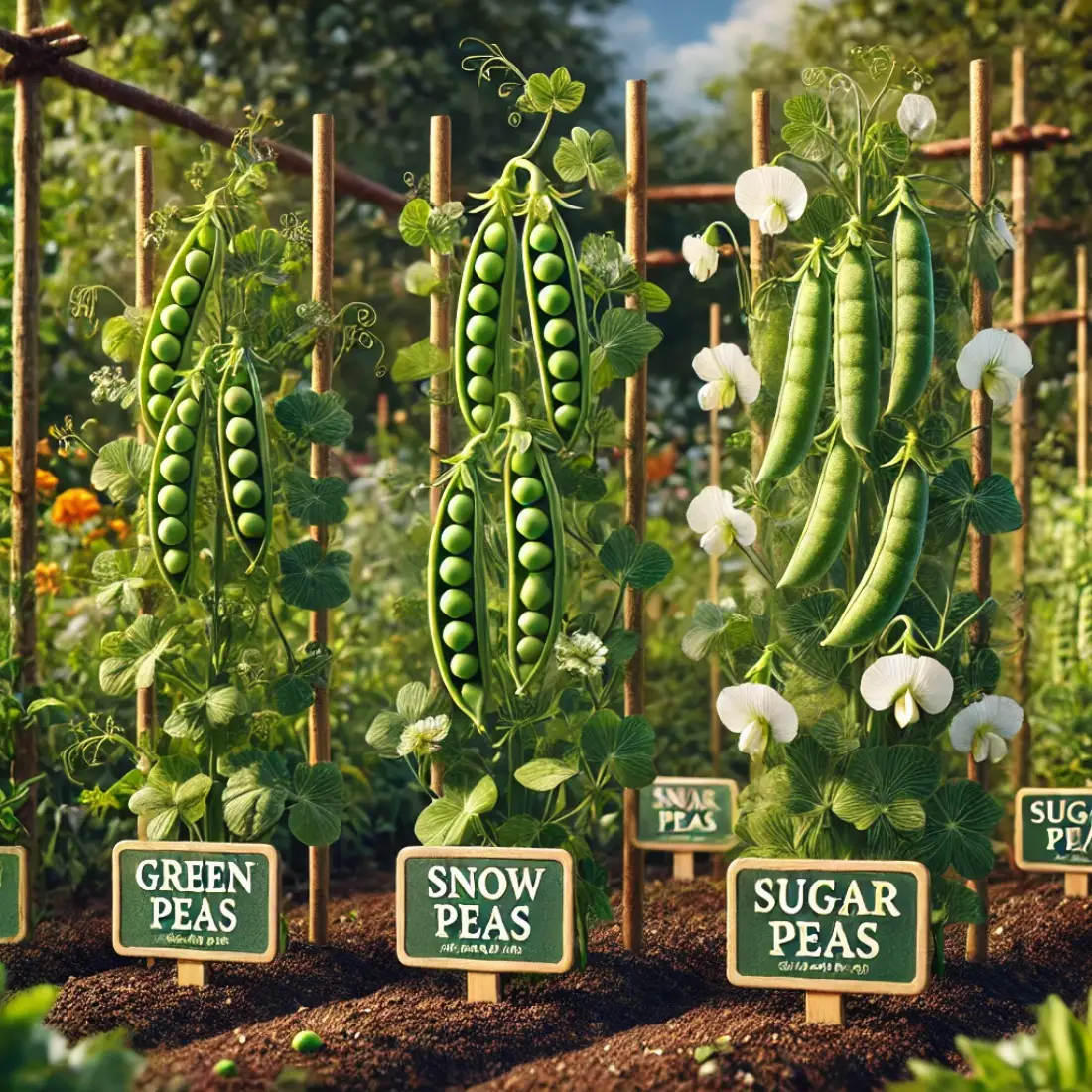
Optimal Growing Conditions for Peas
Climate: Peas thrive in cool weather, making them ideal for spring and fall planting. They prefer temperatures between 55°F and 70°F. Frost-tolerant peas can withstand light frosts, but extreme cold or heat can hinder growth.
Soil: Peas grow best in well-drained, loamy soil with a pH between 6.0 and 7.5. Soil should be rich in organic matter. Preparing the soil by adding compost or well-rotted manure can improve fertility and structure.
Sunlight: Peas require full sun, at least 6-8 hours of direct sunlight daily. Adequate sunlight ensures healthy growth and high yields.
Watering: Consistent moisture is crucial for peas. Water deeply once a week, ensuring the soil stays evenly moist but not waterlogged. Mulching can help retain soil moisture and reduce weeds.
Fertilization: Peas are light feeders and often do well without additional fertilizers if the soil is rich in organic matter. However, an organic fertilizer (bone meal or seaweed extract) can be applied if necessary.
Support: Providing support such as trellises or stakes helps pea plants grow upright, improves air circulation, and makes harvesting easier.
When and How to Plant Peas
When to Plant Peas
Peas thrive in cool weather, making early spring and fall ideal planting times. In spring, plant peas as soon as the soil can be worked, typically 4-6 weeks before the last expected frost. For fall planting, sow seeds 8-10 weeks before the first expected frost. In mild climates, peas can be planted in late winter.
How to Plant Peas
- Select the Right Location: Choose a sunny spot with well-drained, loamy soil. Peas need at least 6-8 hours of sunlight daily.
- Prepare the Soil: Work compost or well-rotted manure into the soil to improve fertility and structure. Ensure the soil pH is between 6.0 and 7.5.
- Sow the Seeds:
- Spacing: Plant pea seeds 1-2 inches apart in rows that are 18-24 inches apart.
- Depth: Sow seeds 1 inch deep.
- Trellis: Erect supports like trellises or stakes at the time of planting to help the plants grow upright.
- Watering: Water the soil thoroughly after planting and keep it evenly moist throughout the growing season. Mulching helps retain soil moisture and reduce weeds.
- Thinning: Thin seedlings to 3-4 inches apart once they are a few inches tall to ensure adequate space for growth.
Caring for Peas
Mulching and Weed Control
Mulching helps retain soil moisture, regulate temperature, and suppress weeds. Apply a 2-3 inch layer of organic mulch, such as straw or shredded leaves, around the base of the pea plants. This also helps prevent soil-borne diseases by keeping soil off the plant leaves.
Weed Control is essential for healthy pea growth. Regularly remove weeds by hand or use a hoe to prevent them from competing with peas for nutrients and water.
Pest and Disease Management
Common Pests: Peas can be affected by aphids, pea weevils, and spider mites. Introduce beneficial insects like ladybugs and lacewings to control aphids naturally. Hand-pick pests or use insecticidal soap as needed.
Disease Prevention: Rotate crops annually to prevent soil-borne diseases such as root rot and fusarium wilt. Avoid overhead watering and ensure proper spacing for good air circulation. If disease occurs, remove and destroy affected plants to prevent spread.
Best Companion Plants
Companion planting enhances the growth and health of pea plants by improving soil quality, deterring pests, and providing mutual benefits.
Carrots: Planting carrots with peas is beneficial as carrots help loosen the soil, improving aeration and root development for both plants.
Radishes: Radishes deter pests like cucumber beetles and aphids, which can harm pea plants. They also mature quickly, making them a good early-season crop.
Lettuce: Lettuce grows well in the shade provided by taller pea plants and helps suppress weeds, maintaining soil moisture and reducing competition.
Spinach: Spinach thrives in the cool, moist environment provided by peas, and both crops can be harvested simultaneously for a continuous supply of greens.
Turnips: Turnips are effective at breaking up compacted soil, enhancing root growth for peas. Additionally, they repel certain insects that may damage pea plants.
Plants to Avoid
Some plants should be avoided near peas as they can compete for nutrients or attract pests.
Onions and Garlic: Both plants can inhibit pea growth due to allelopathic chemicals that negatively impact root development.
Potatoes: Potatoes and peas compete for nutrients, and planting them together can increase the risk of disease, particularly root rot and blight.
Fennel: Fennel secretes substances that inhibit pea growth, making it unsuitable as a companion plant.
Harvesting and Storing Peas
How to Harvest Peas
Garden Peas: Harvest when pods are plump and peas are tender, about 60-70 days after planting. Hold the vine and gently pull the pod to avoid damage.
Snow Peas: Pick when pods are flat and tender, around 50-60 days after planting. Harvest frequently to encourage more pods.
Sugar Snap Peas: Harvest when pods are plump but still snap easily, usually 60-70 days after planting.
Storing Peas
Short-Term Storage: Store fresh peas in a plastic bag or airtight container in the refrigerator’s crisper drawer. They stay fresh for 5-7 days.
Long-Term Preservation:
- Freezing: Blanch peas for 1-2 minutes, cool in ice water, drain, and freeze in bags or containers. They last up to a year.
- Drying: Shell and dry peas at 140°F (60°C) until brittle. Store in airtight containers in a cool, dark place.
- Canning: Use a pressure canner and follow guidelines for safe canning.
FAQs about Peas
What are the most common pests that affect pea plants?
Common pests include aphids, pea weevils, and spider mites. Beneficial insects like ladybugs can help control aphids, while neem oil or insecticidal soap can manage other pests.
How can I tell if my pea plants need more water?
Wilting leaves, dry soil, and yellowing lower leaves are signs of water stress. Ensure the soil stays evenly moist but not waterlogged.
Why are my pea plants not flowering?
Pea plants may not flower due to high temperatures, insufficient sunlight, or over-fertilization with nitrogen. Ensure they get enough light and are planted in cool weather.
Can peas grow in containers?
Yes, peas can grow in containers. Choose a large pot with good drainage, and use a lightweight, fertile potting mix. Provide support like a small trellis.
How do I improve the yield of my pea plants?
Regularly harvest peas to encourage more production, use supports to keep plants upright, ensure consistent watering, and use a balanced fertilizer if needed.
What is the best way to store fresh peas?
Store fresh peas in a plastic bag or airtight container in the refrigerator’s crisper drawer. They will stay fresh for 5-7 days.
How do I prepare the soil for planting peas?
Amend the soil with compost or well-rotted manure to improve fertility and structure. Ensure the soil is well-drained and has a pH between 6.0 and 7.5.
Can I plant peas in the fall?
Yes, peas can be planted in the fall. Sow seeds 8-10 weeks before the first expected frost to ensure they mature in cool weather.
What are the benefits of companion planting with peas?
Companion planting can improve soil quality, deter pests, and enhance growth. Good companions for peas include carrots, radishes, lettuce, spinach, and turnips.
How do I prevent diseases in my pea plants?
Rotate crops annually, avoid overhead watering, and ensure proper spacing for good air circulation. If disease occurs, remove and destroy affected plants.

